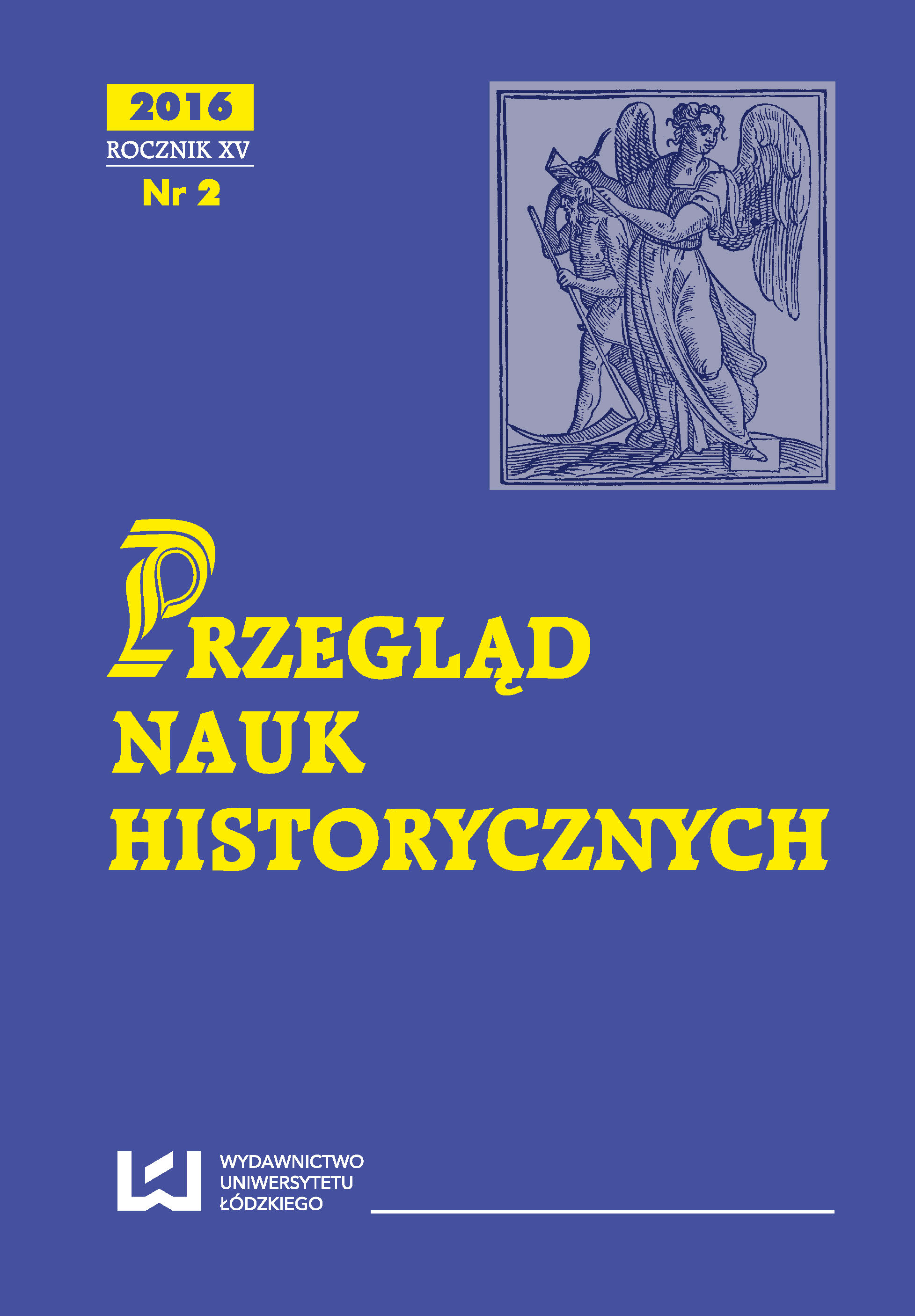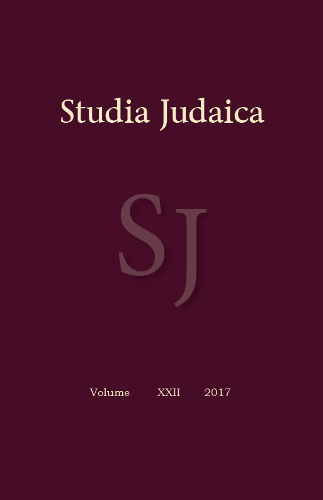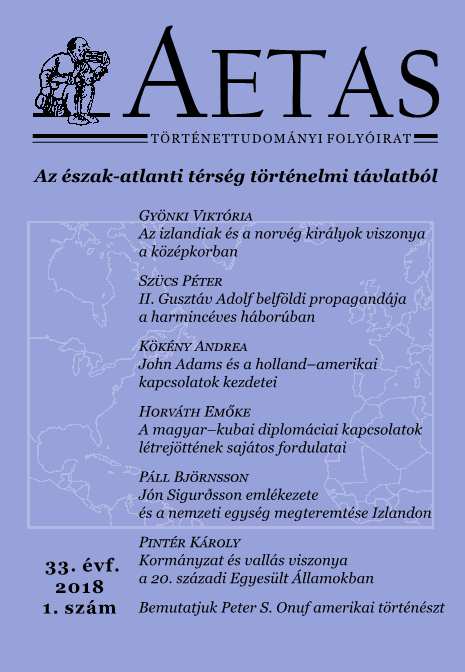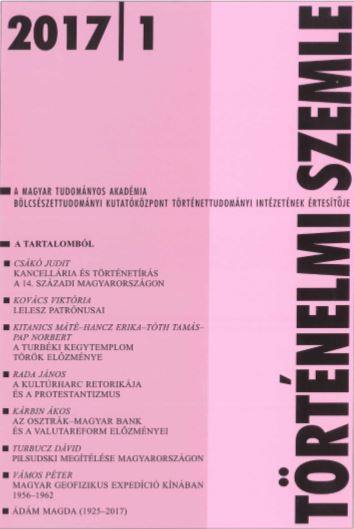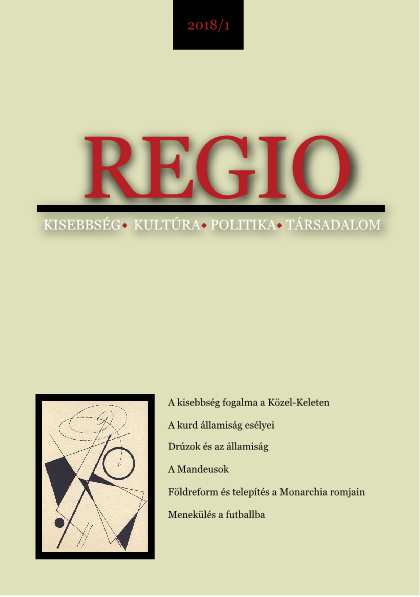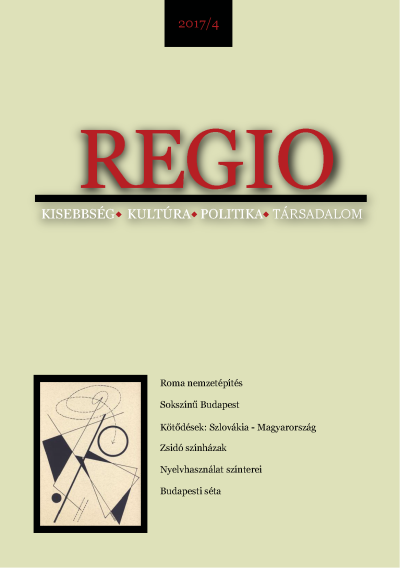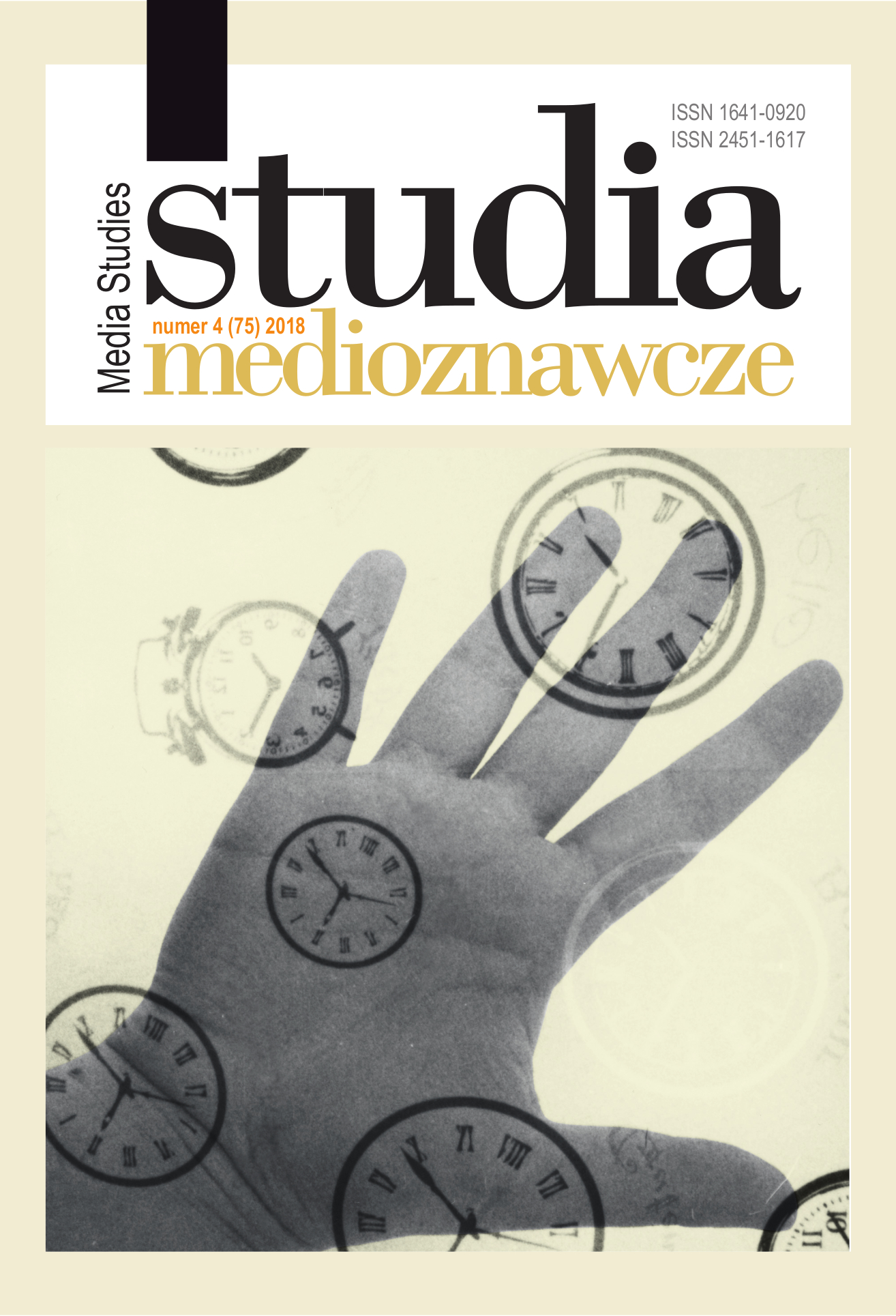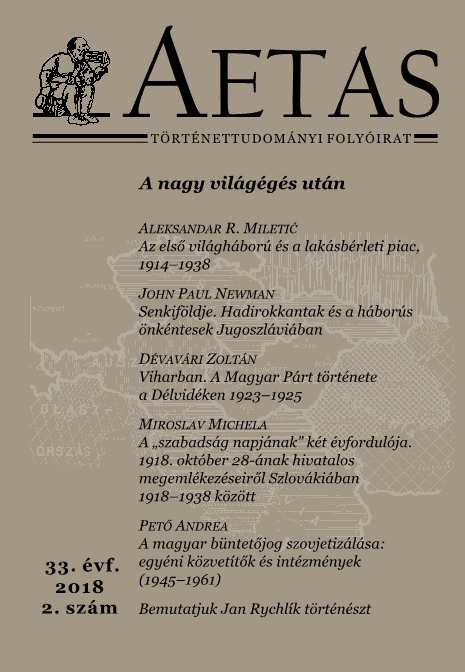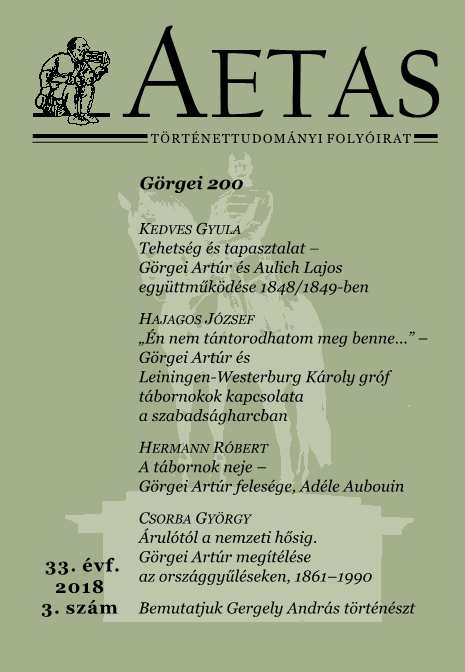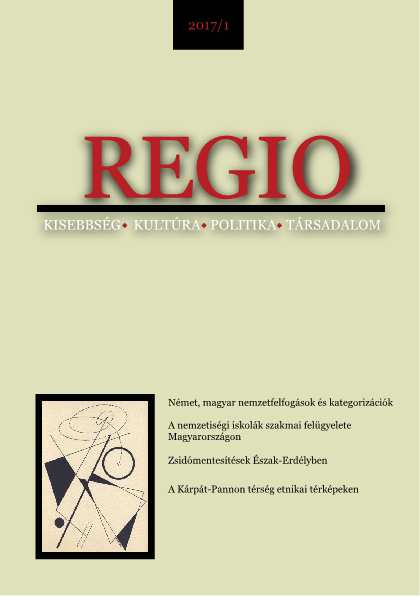Author(s): Małgorzata Przeniosło / Language(s): Polish
Issue: 2/2016
In the interwar period Polish mathematics created two thriving schools of mathematics – in Warsaw and in Lviv. In Warsaw the creators were: Wacław Sierpiński, Zygmunt Janiszewski, Stefan Mazurkiewicz, and in Lviv – Hugo Steinhaus and Stefan Banach. Although for many years Polish independent state did not exist as such and the conditions for the development of indigenous science were highly unfavourable, both schools quickly recorded significant achievements. This success came primarily due to their engagement into new trends in practicing mathematics, the creating of specialized journals – „Fundamenta Mathematicae” and „Studia Mathematica”, as well as many scientific trips. The journals achieved international success. They were quickly recognized by foreigners as an appropriate forum for the presentation of their own research. „Fundamenta Mathematicae”became one of the world’s most important periodicals devoted to set theory, „Studia Mathematica” – functional analysis. With the increasing reputation of the Polish schools of mathematics, more and more of their representatives were invited by various foreign centres, both for short visits, as well as entire series of lectures. More and more foreign scholars, both well-known professors and scholarship holders, came to Warsaw and Lviv to work with the local mathematicians, deliver lectures and participate in conferences. / W okresie międzywojennym polscy matematycy stworzyli dwie prężne szkoły matematyczne – w Warszawie i we Lwowie. W Warszawie twórcami byli: Wacław Sierpiński, Zygmunt Janiszewski, Stefan Mazurkiewicz, a we Lwowie – Hugo Steinhaus i Stefan Banach. Mimo nieistnienia przez wiele lat państwa polskiego i związanych z tym niekorzystnych warunków do rozwoju rodzimej nauki obie szkoły szybko zanotowały znaczące osiągnięcia. Źródłem tego sukcesu było zarówno wpisanie się szkół w nowe trendy w uprawianiu matematyki i założenie odpowiadających im specjalistycznych czasopism – „Fundamenta Mathematicae” oraz „Studia Mathematica”, jak i mnogość zagranicznych podróży naukowych. Oba czasopisma odniosły międzynarodowy sukces i szybko zostały uznane przez obcokrajowców jako odpowiednie forum do prezentacji własnych badań. „Fundamenta Mathematicae” stały się jednym z najważniejszych na świecie periodyków poświęconych teorii mnogości, „Studia Mathematica” – analizie funkcjonalnej. Czasopisma budowały renomę polskiej szkoły matematycznej, a wraz z jej wzrostem coraz więcej jej przedstawicieli było zapraszanych przez zagraniczne ośrodki naukowe, zarówno na krótkie pobyty, jak i całe cykle wykładów. Coraz więcej zagranicznych uczonych, zarówno znanych profesorów, jak i stypendystów, przyjeżdżało też do Warszawy i Lwowa, by współpracować z tamtejszymi matematykami, wygłaszać wykłady czy uczestniczyć w konferencjach.
More...


